nutritional value
Guava is a fruit rich in vitamin C.
Herbal qualities
Roots, bark, leaves and unripe fruits are effective in treating cholera, dysentery and other stomach ailments.
Suitable land and soil
Well drained upland and medium upland are suitable for guava cultivation.

Variety Introduction: Among the local varieties-Swarupkathi, Kanchannagar, Mukundapuri and among the advanced varieties Kazi Guava, Bari Guava-2 is one of them.
The fruit is quite large in size. Weight 400-500 grams. Ripe fruits are yellowish green and the inner shell is white. This fruit can be stored at room temperature for 7-10 days. Kazi guava is slightly sour to eat.
The tree is umbellate and shorter than Kazi Guava. The tip of the leaf is smooth. This variety bears fruit twice in monsoon and winter. Guava is delicious and sweet to eat.
Its skin is red in color. Average fruit weight is 180 grams. When the fruit is ripe, the color of the skin is yellow and green. Yield is 20-22 tons per hectare.
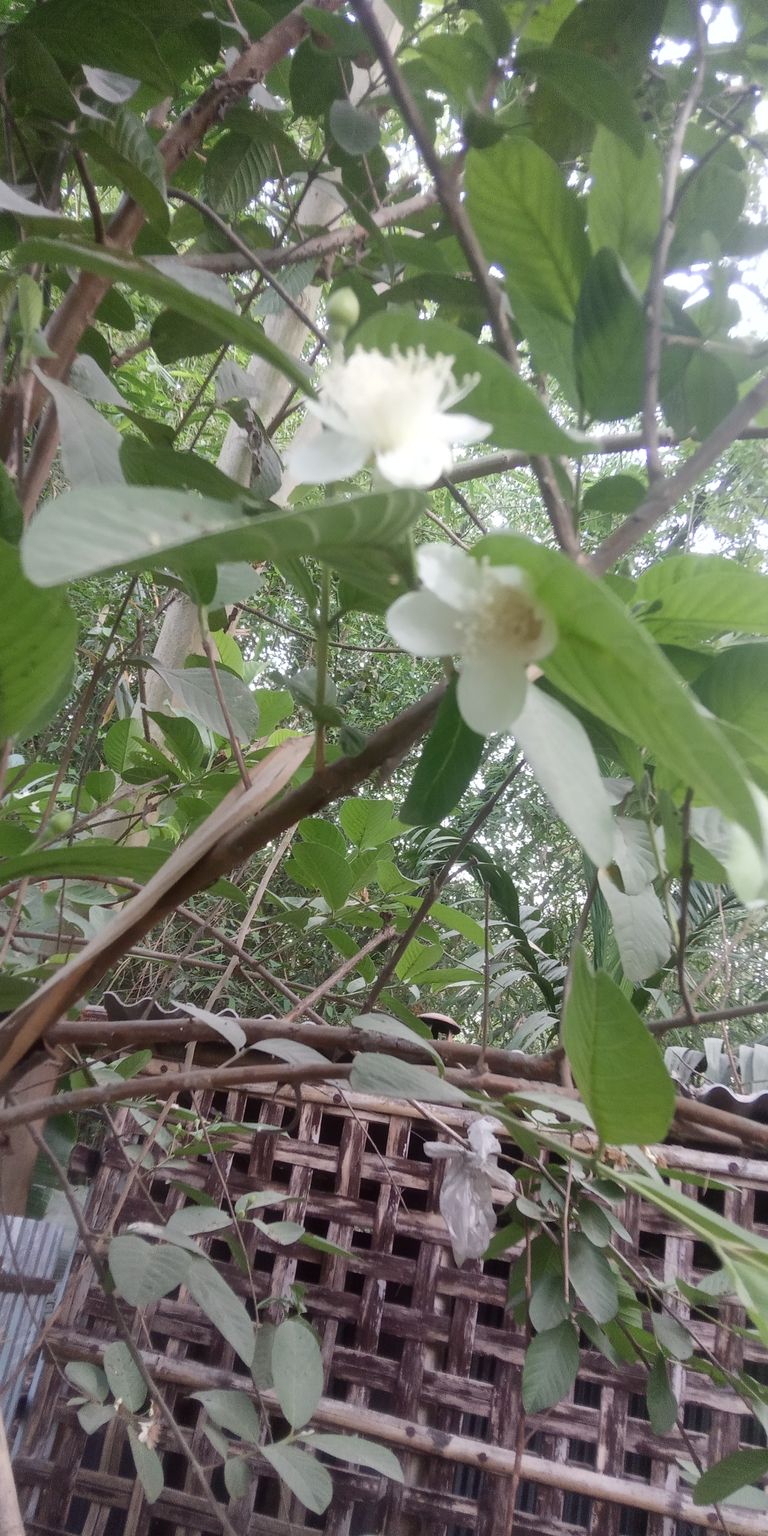
Seedling preparation
Seedlings are propagated through cuttings.
Planting
Square and hexagonal in plain land and contour method in hilly land. Guava seedlings are planted in mid-Jyashta to mid-Ashwin months. Holes should be made before planting. The distance between each plant should be 4 meters.
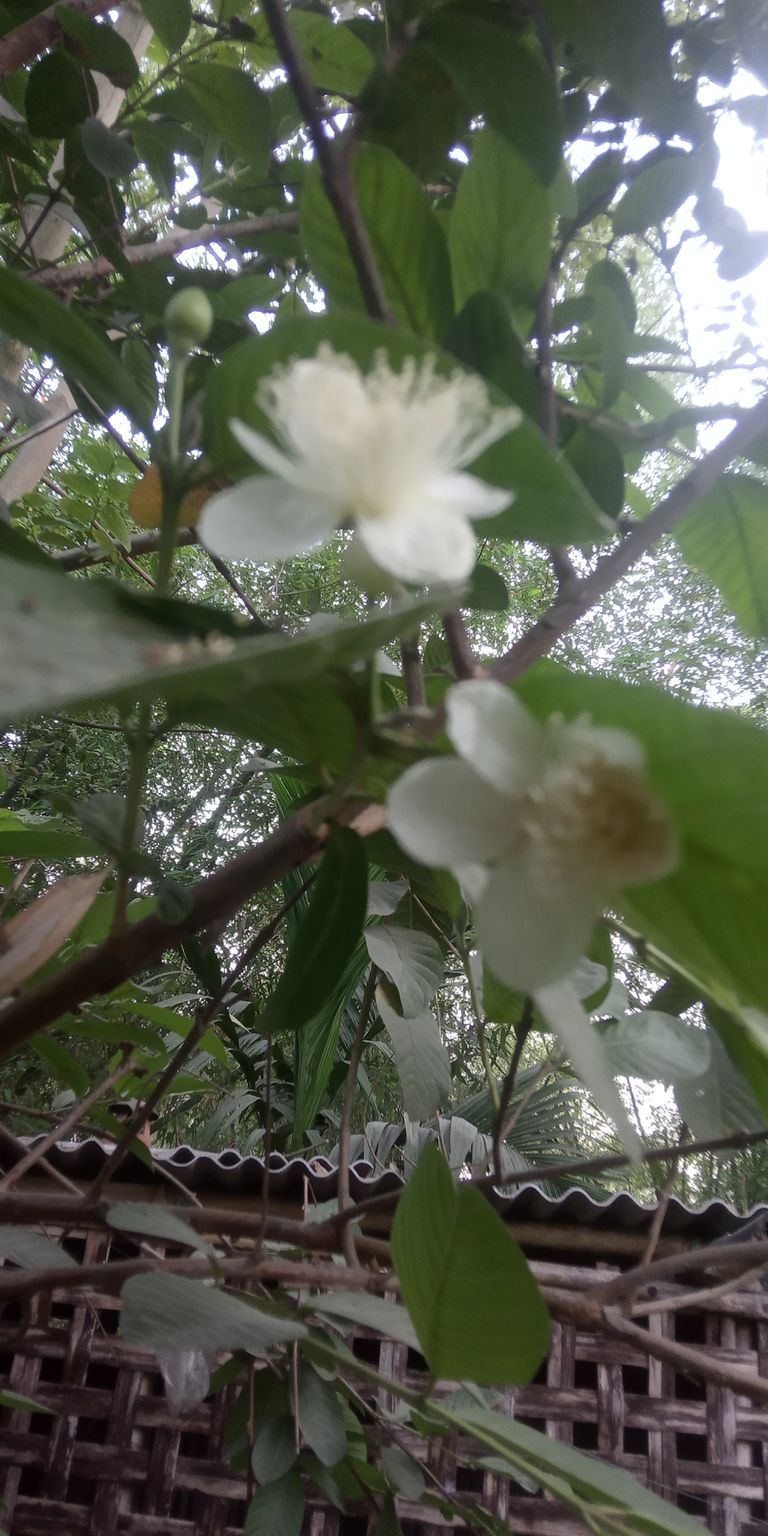
Manure management
20 kg of dung, 2 kg of rotted hay, 200 g of TSP fertilizer, 200 g of MOP fertilizer should be applied in each hole. However, with increasing age, the amount of fertilizer should also be increased.
Interim care
After harvesting guava, broken, diseased and dead branches should be pruned. New buds grow on the tree. Guava trees bear a large number of fruits every year. So some fruits need to be discarded if they are marble shaped.
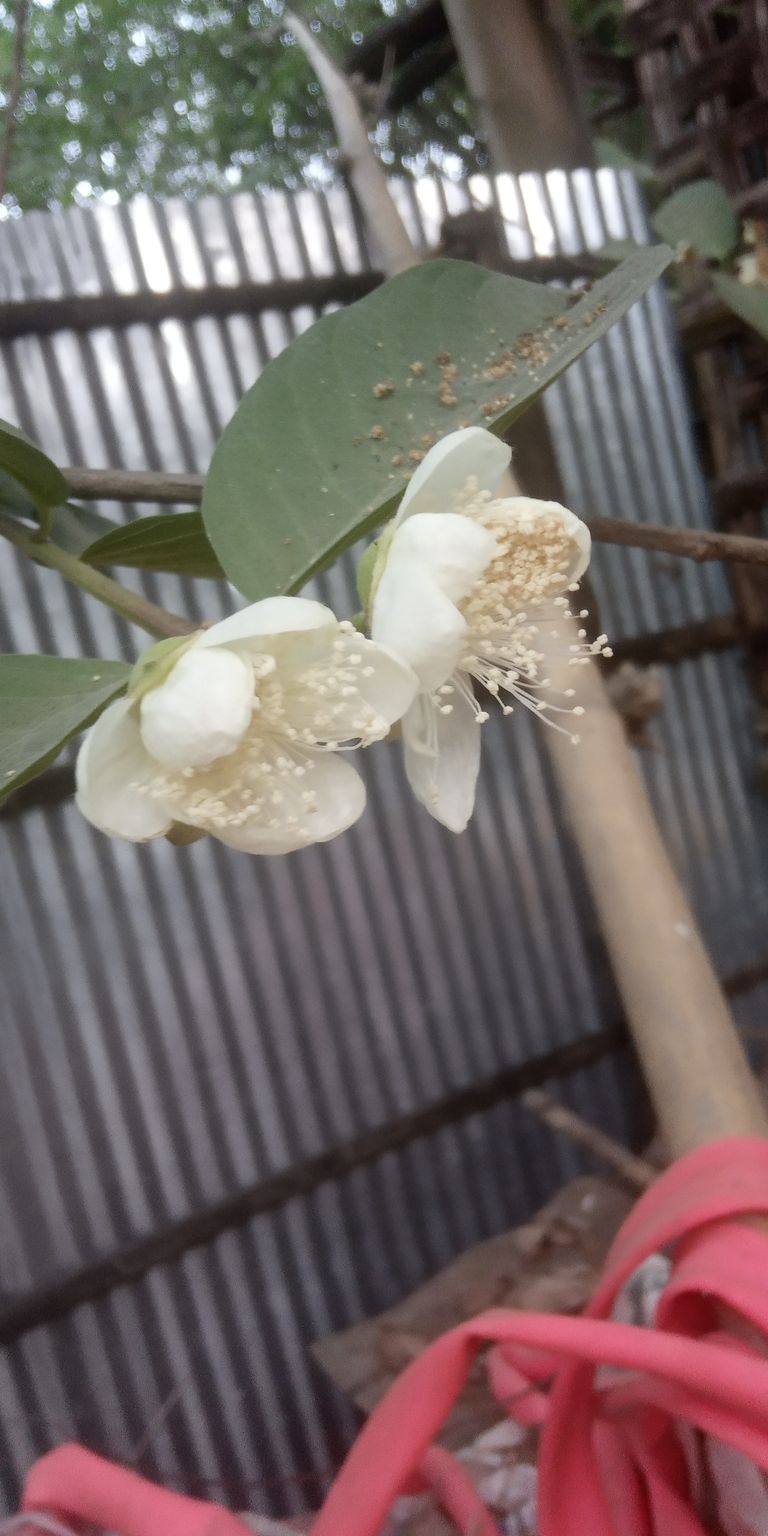
Irrigation and weed management
Irrigation should be done 2-3 times during drought. Moreover, the weeds have to be cleaned from the base of the tree.
disease management
Guava Anthracnose Disease Control
Introduction: Leaves, stems, branches and fruits of guava are affected by this disease. This is caused by a type of fungal attack.
Symptoms of damage: Small brown spots are first seen on the guava. The spots gradually enlarge and cause sores on the cucumber. Infested fruits often burst. Moreover, the skin of the fruit affected by this disease becomes hard.

Disease germs spread through wind and rain.
Spread: The pathogen survives and spreads on the abandoned branches, fruits and leaves of the plant.
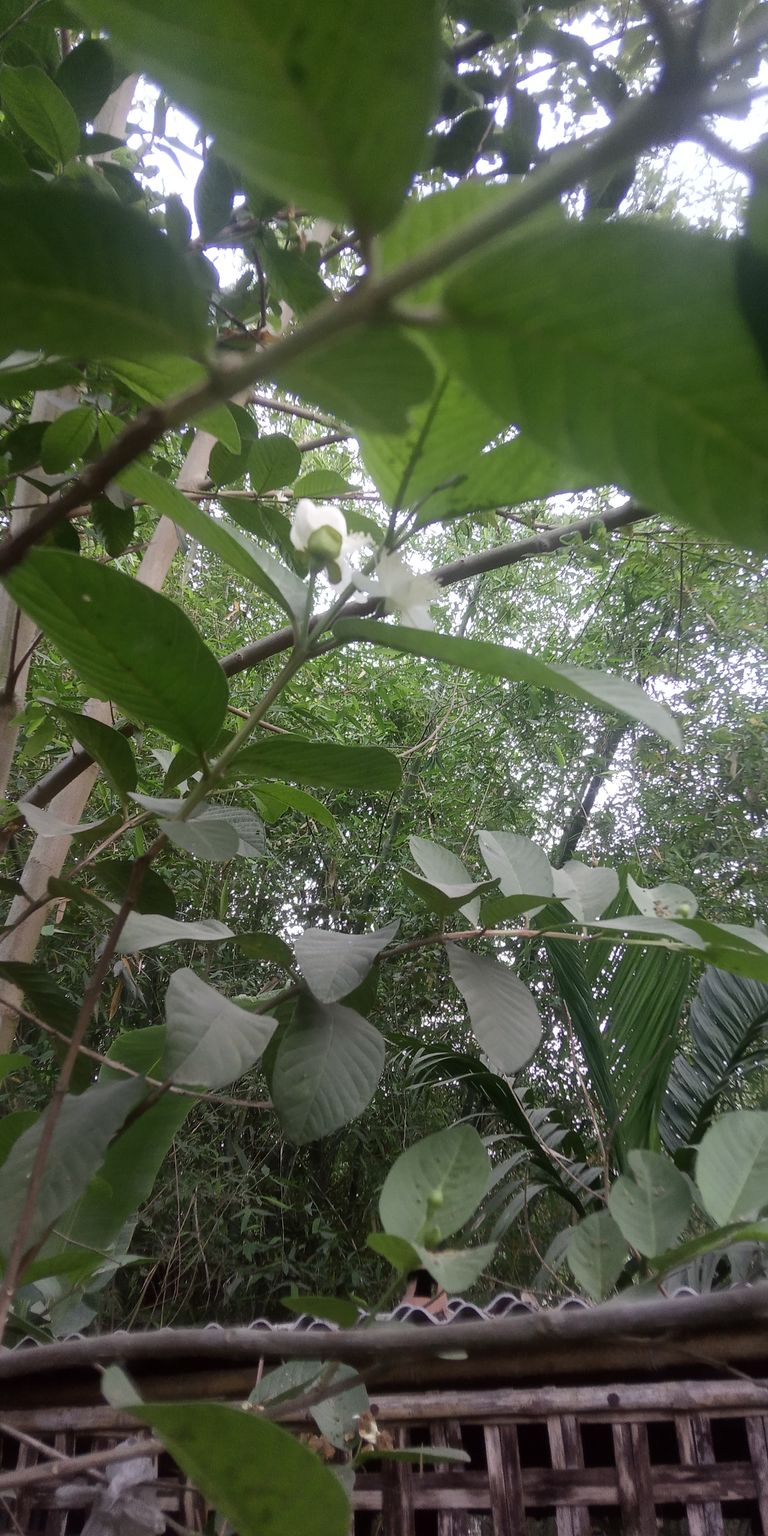
Collect the fallen leaves and fruits under the tree and burn them. This disease can be suppressed by mixing Topsin-M 2 grams per liter of water or Tilt 250 EC at the rate of 0.5 ml per liter of water after flowering, spraying 3-4 times after 15 days.
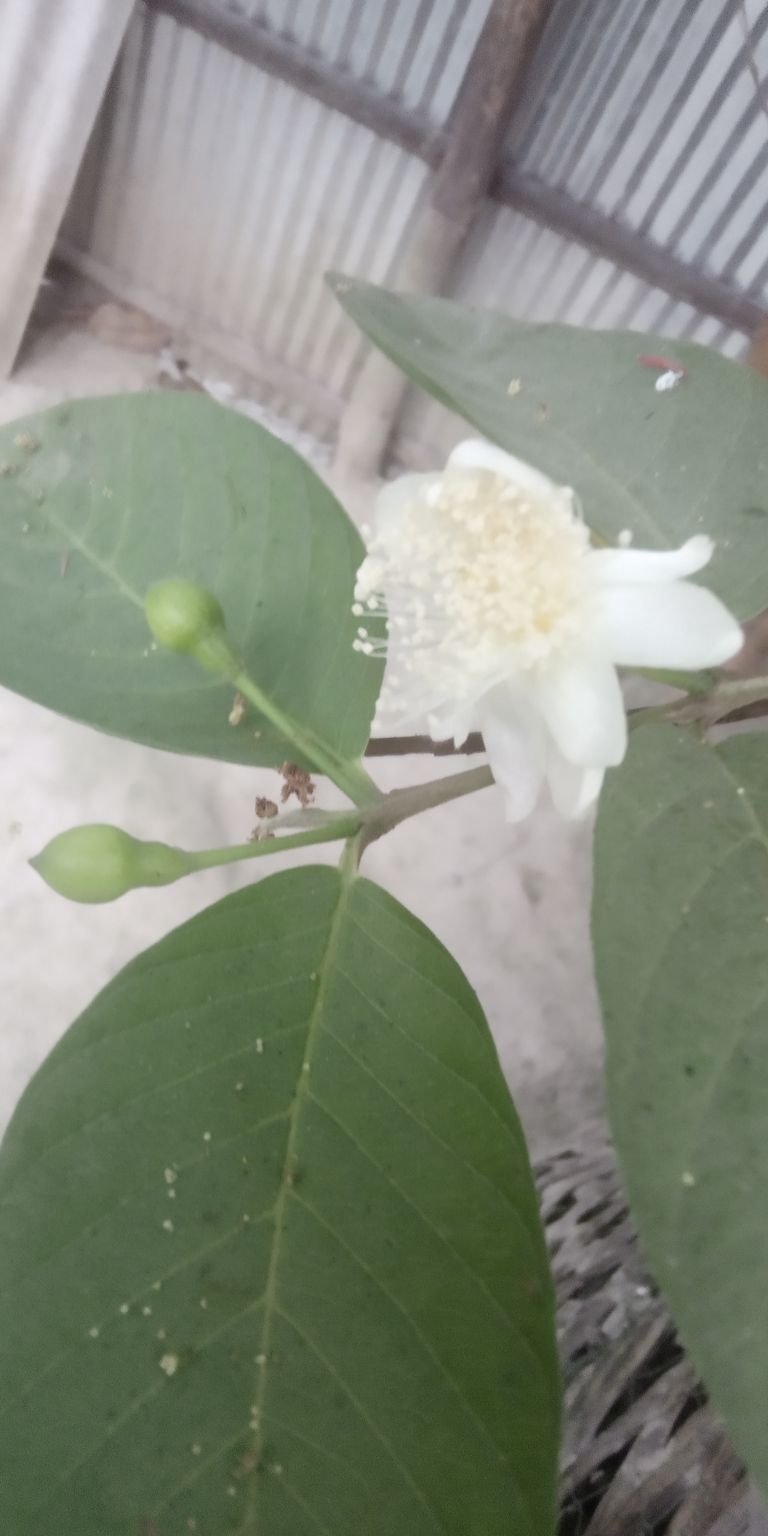
harvesting
The fruit should be harvested when it turns green to yellow in color.
Upvoted. Thank You for sending some of your rewards to @null. Read my last posts to make sure that BLURT burning is profitable for you. Before using this bot please make sure your account has at least 100 BP. Get more BLURT:
@ mariuszkarowski/how-to-get-automatic-upvote-from-my-accounts@ blurtbooster/blurt-booster-introduction-rules-and-guidelines-1699999662965@ nalexadre/blurt-nexus-creating-an-affiliate-account-1700008765859@ kryptodenno - win BLURT POWER delegationNote: This bot will not vote on AI-generated content